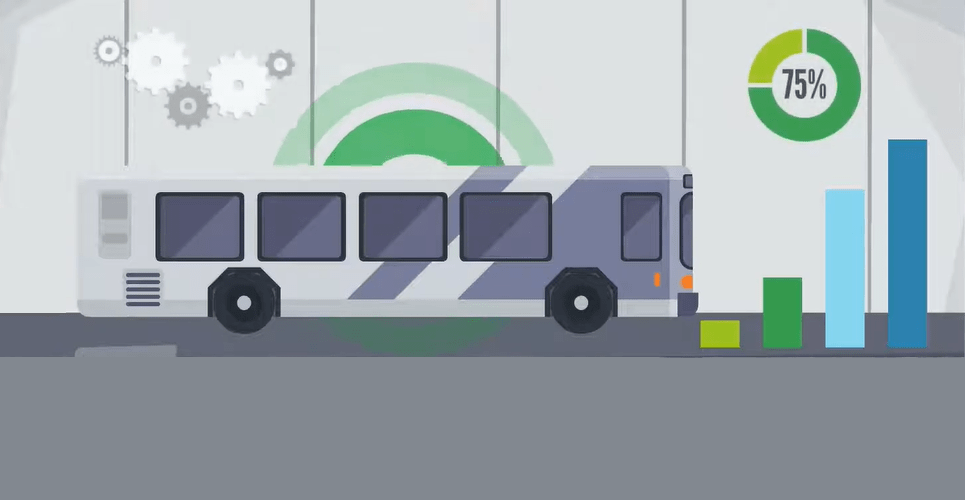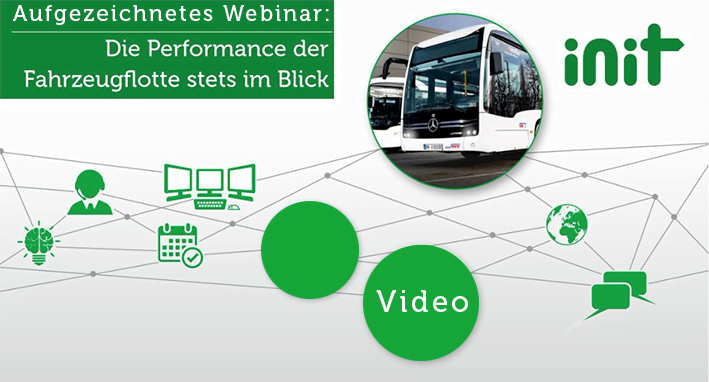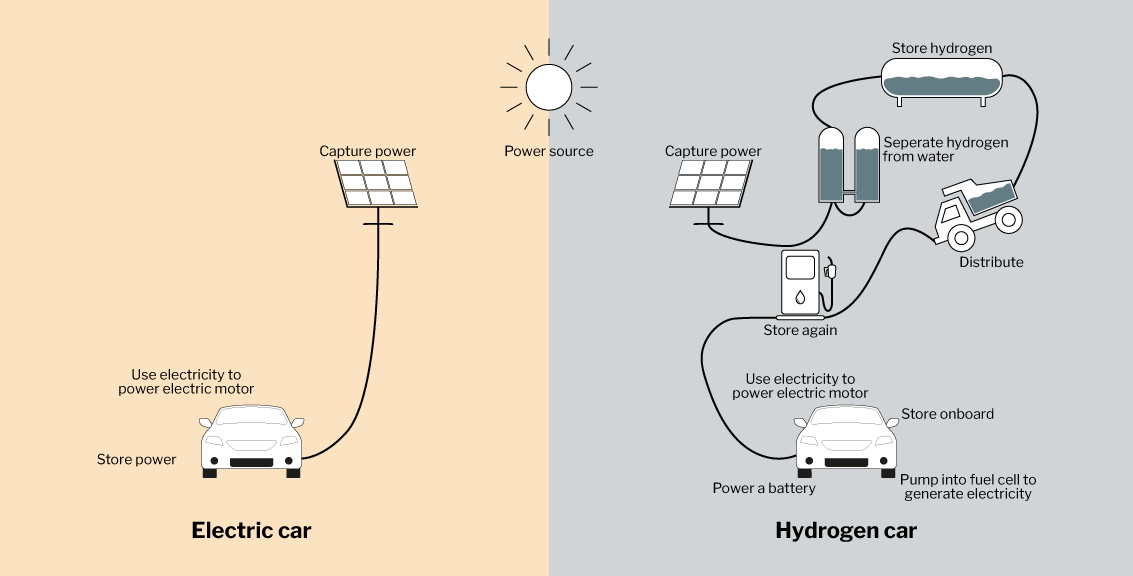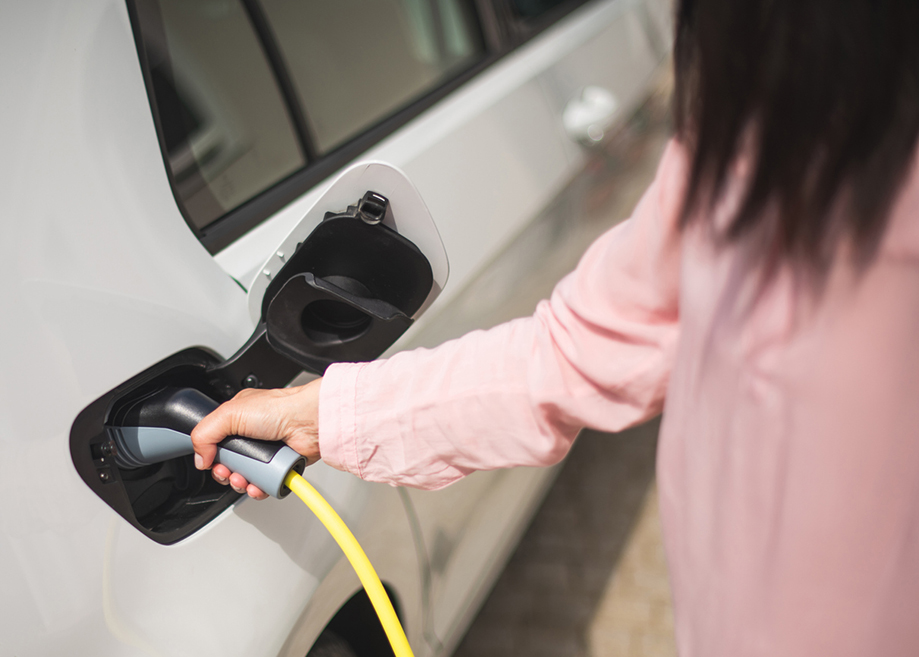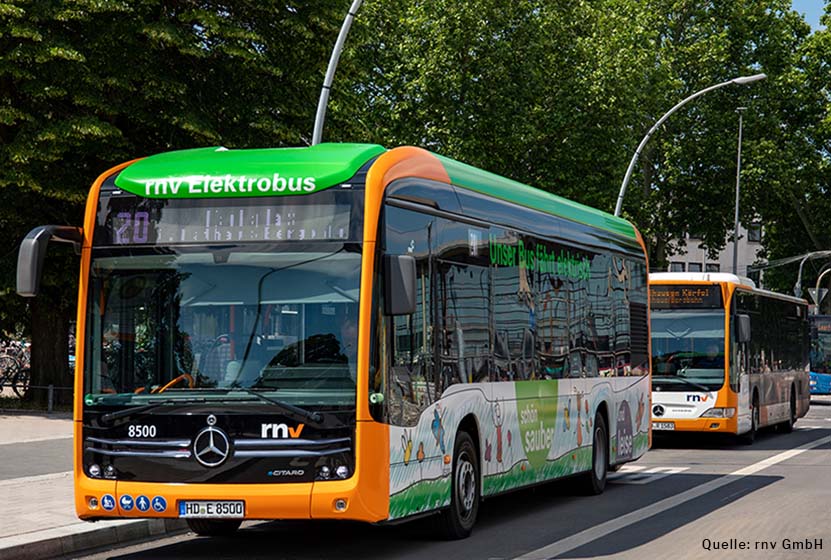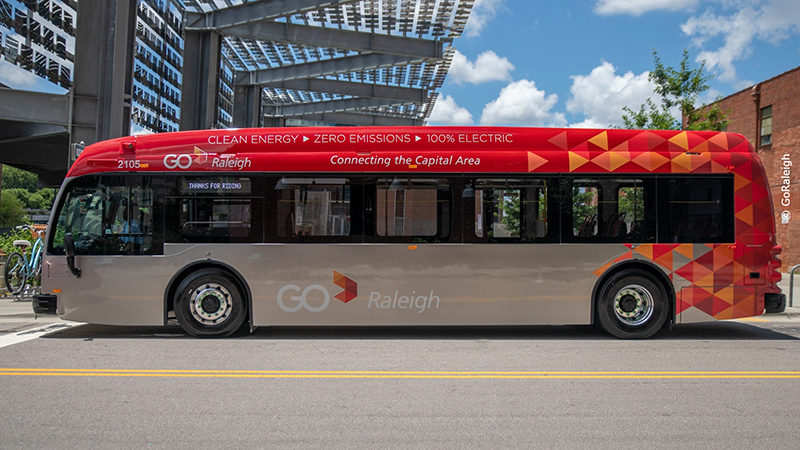Let’s change our mobility behaviour!
As the world is changing and the population is growing continuously, the carbon footprint we leave behind grows bigger and bigger as well.
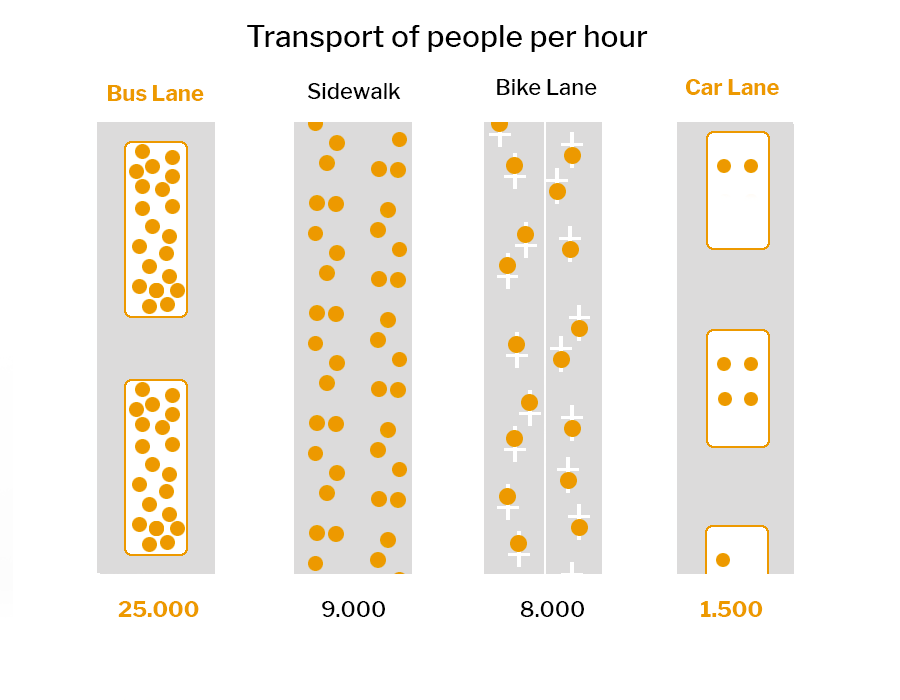
Therefore we need to rethink how to get from A to B with the least possible pollution impact. So how do we do that? The answer lies in sustainability. Using green electricity for fuel to go from one place to another. At the moment, everyone wants to use their own transport vehicle. They fill up the streets since only a few people occupy each vehicle, and this creates a lot of traffic, which then creates even more pollution, as fuel driven cars, busses and trucks let out a lot of carbon dioxide, when waiting at the traffic light.
Now we all need to reconsider the need for transportation and think about the option of going by public transportation instead. Most of the time we’re actually going the same way and we always hate sitting in traffic and wasting time. Time that could be better spend with family and friends.
So what if we changed our mobility behaviour and started using the public transportation?
Many busses use fossil fuels. But what if we could boast about the public transportation in a whole city purely driven by electricity? The biggest issue with electromobility is the access to charging stations and the distance to travel on a single charging. But we need to dream big and have big goals for the future we want to go in and redesign towns. We need to make sure that the future generations can live and breathe clean air. This is what the transport system should enable.
Improved accessibility and mobility for all
In relation to the BBC series about redefining public transportation, that will be created in collaboration with UITP (The International Association of Public Transport) Simon Shelley, the Vice President of Programme Partnerships for BBC StoryWorks says:
“As we look towards the future of public transport, improved accessibility and mobility for all will play a critical role in the quality of life for both passengers and transport workers – the people at the heart of urban mobility. The story of public transport is that of a passionate and innovative community….” CarMedialab supports this vision and offers software systems that give people access to the new mobility. Let’s get it on and use public transport!




